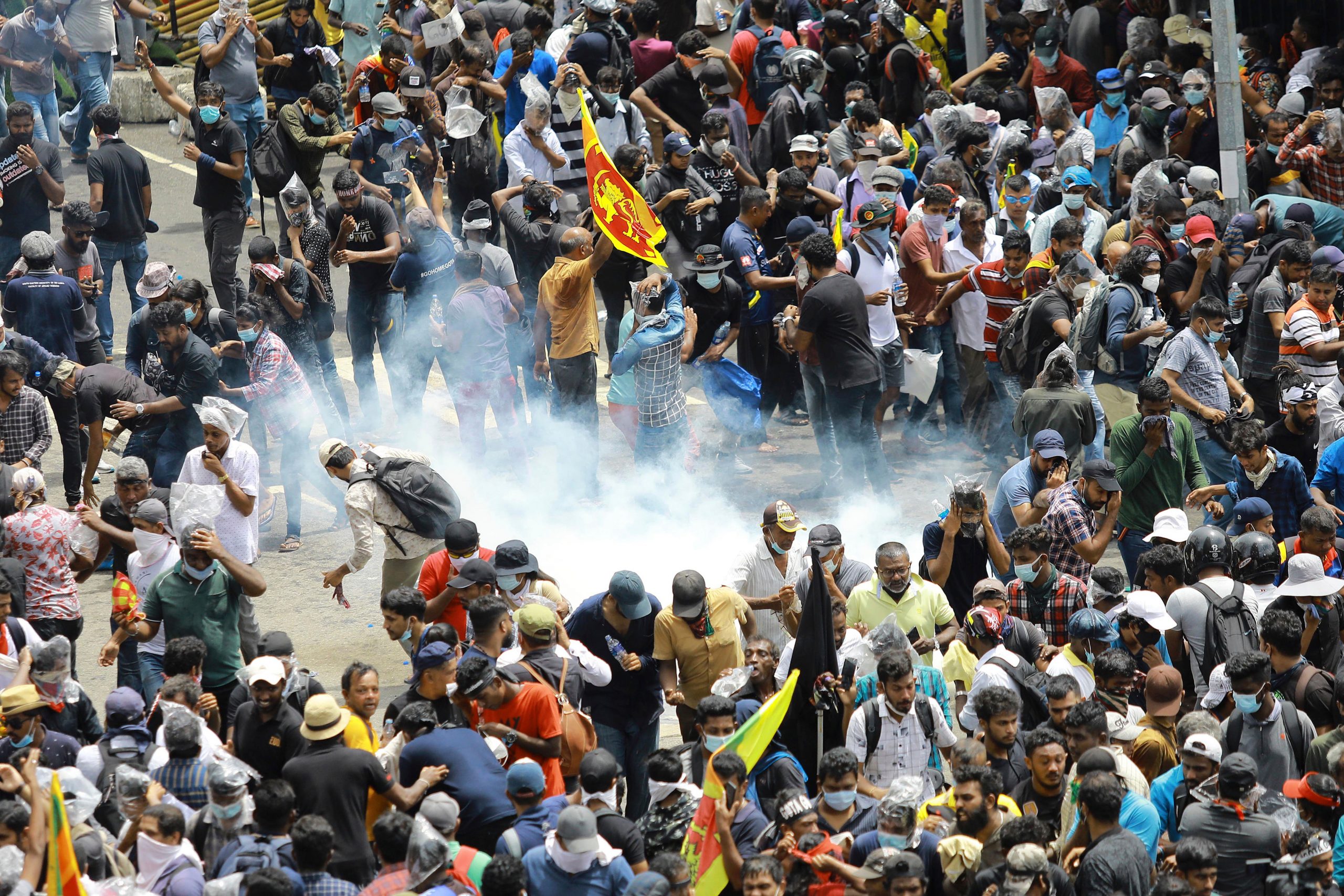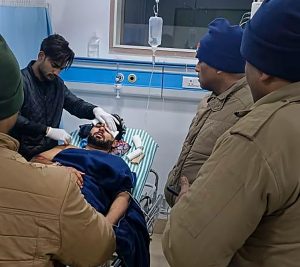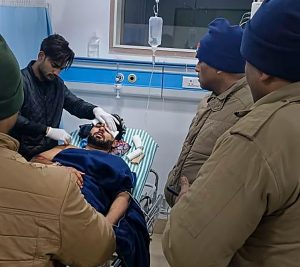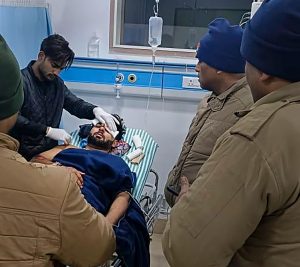After Sri Lankan protestors stormed into the presidential palace earlier on Saturday, followed by the fleeing of President Gotabaya Rajapaksha and the resignation of Prime Minister Ranil Wickremesinghe, the situation has turned worse. Videos have appeared on Twitter showing the private residence of the ex-PM on fire, which was allegedly started by the protestors.
“Protesters have broken into the private residence of Prime Minister Ranil Wickremesinghe and have set it on fire,” a statement released by the Prime Minister’s Office said.
Also Read: How will a new Prime Minister be elected in Sri Lanka?
It is unclear whether any victim was inside the house or in the close vicinity of the fire that started in the private residence of former PM Ranil Wickremesinghe. However, the situation is evolving fast as we wait for more information.
Watch:
The Sri Lanka economic crisis has forced the PM to put in his papers, while an effort to enact an all-party government is underway. In the meantime, the speaker of the parliament, Mahinda Yapa Abeywardena, is set to be appointed as interim President of the island nation, until a government is formed.
Ranil Wickremesinghe, who took oath as the Prime Minister of Sri Lanka on May 12, failed to counter the economic situation of the country and residents witnessed food, electricity and medicine shortages all over the island. He leaves less than six months in charge, as protests regarding reforms in the political sphere reach an all-time high.
“To ensure the continuation of the Government including the safety of all citizens I accept the best recommendation of the Party Leaders today, to make way for an All-Party Government,” Wickremesinghe wrote on Twitter earlier on the day.
Also Read: A look at Ranil Wickremesinghe’s tenures as Sri Lanka PM
“To facilitate this I will resign as Prime Minister,” he announced.
The majority of the protesters blame the country’s economic turmoil on President Gotabaya Rajapaksha and have been pushing for his resignation since earlier this year. However, anger and discontent spread once the residents began witnessing the food, medicine and electricity shortages, followed by the closure of educational institutions.







